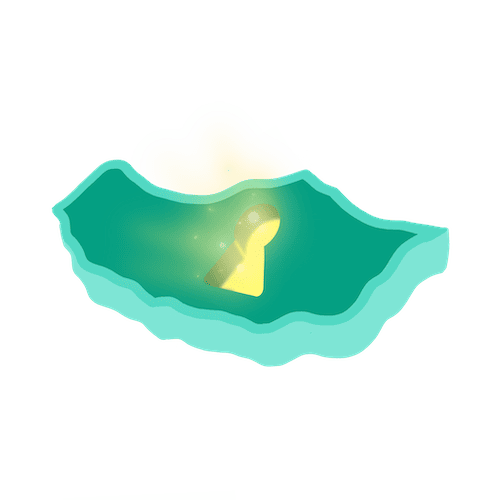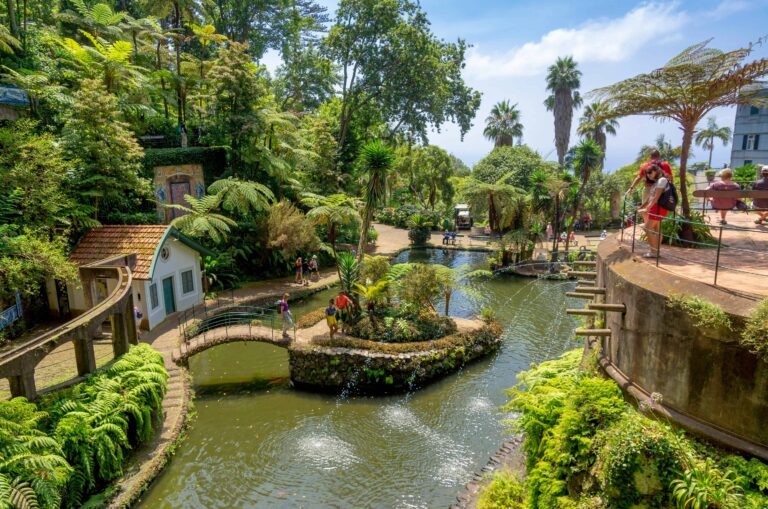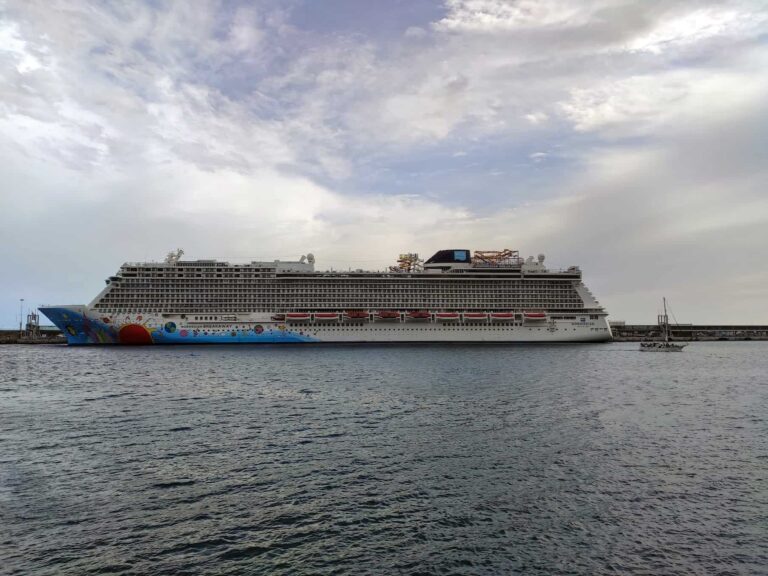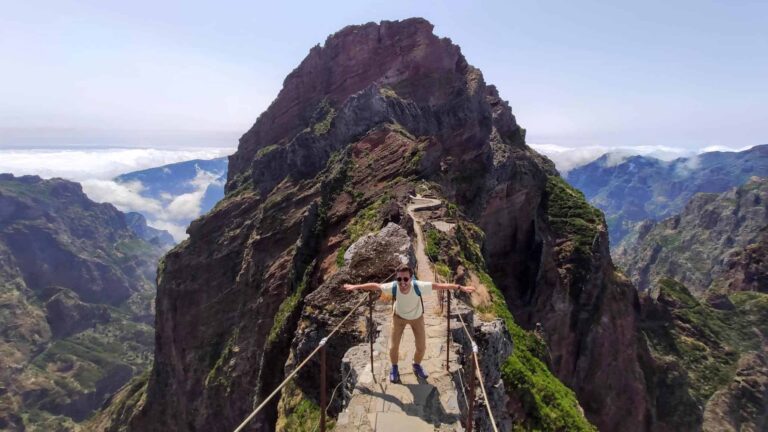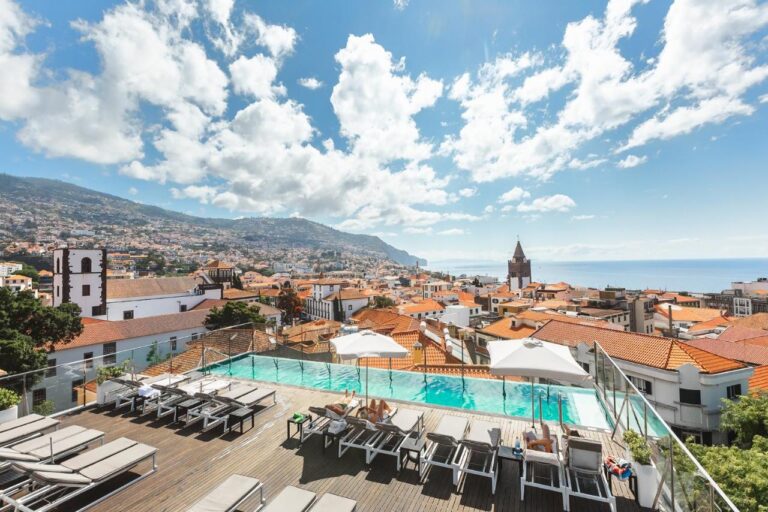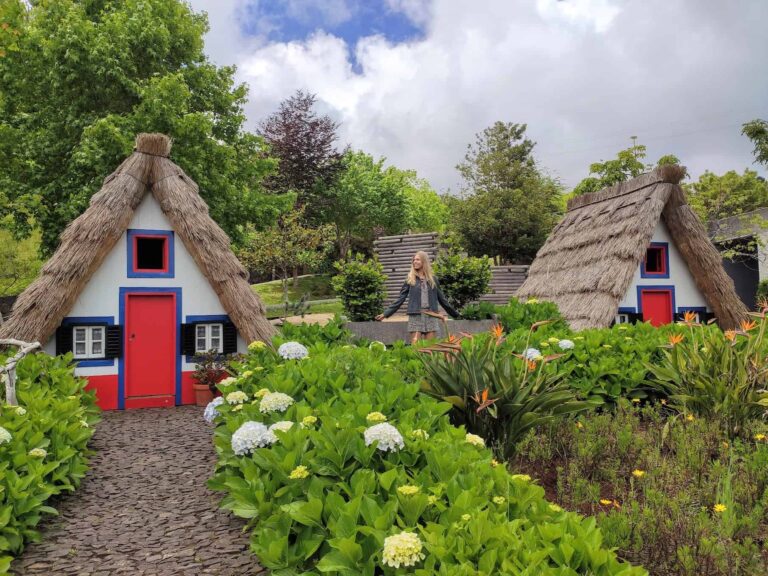Madeira: 4 Interesting Facts About The Fascinating Island
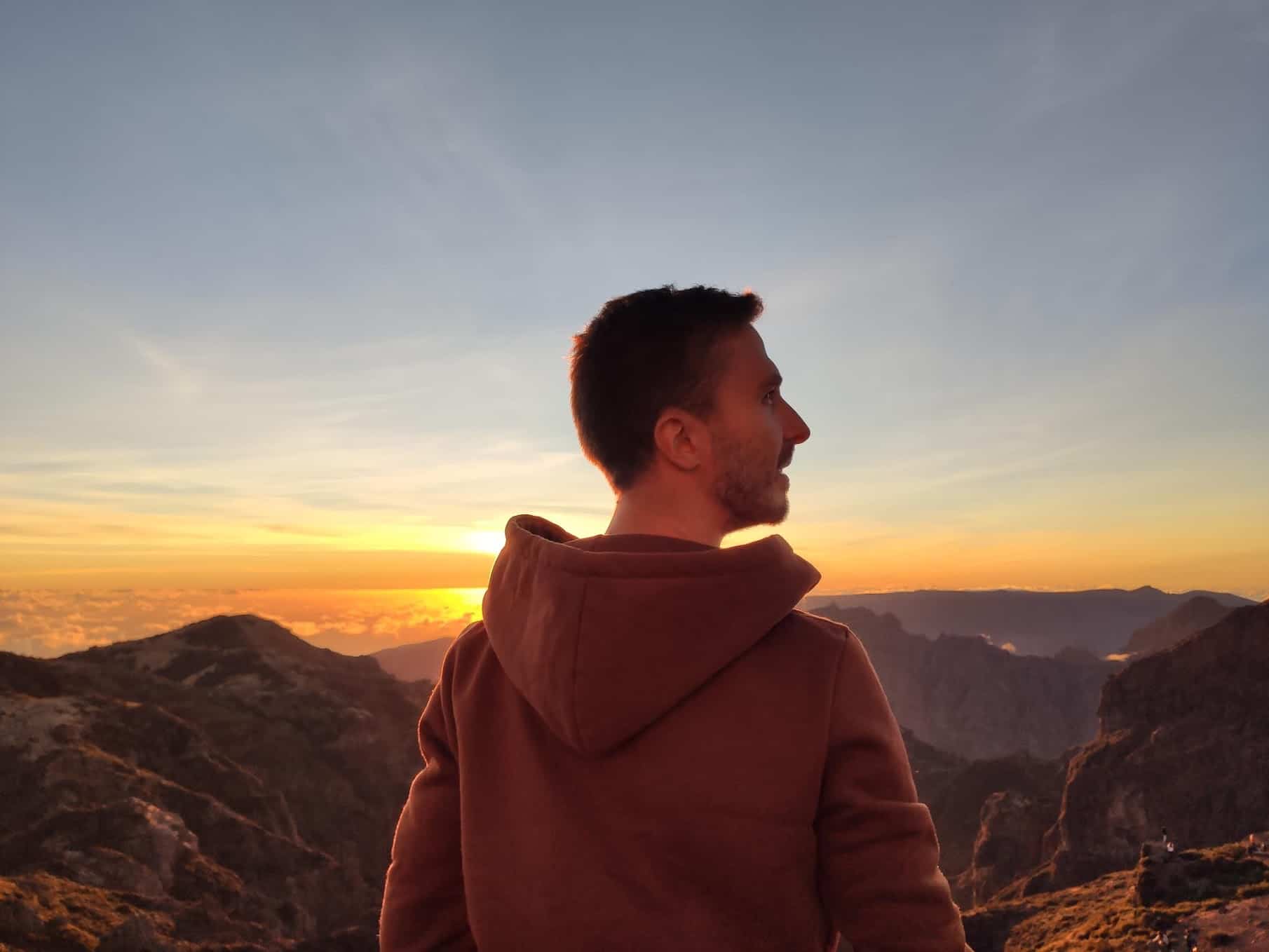
Madeira, a picturesque archipelago located in the Atlantic Ocean, is a paradise for travelers seeking a unique blend of natural beauty, cultural richness, and adventure. In this article, I want to dive into more theoretical aspects of the Island. Knowing these details will allow you to shine in the conversation!
Table of Contents
Where is Madeira?
Madeira is an archipelago located in the North Atlantic Ocean. It’s a part of Portugal and is situated in a region known as Macaronesia.
The distance to Madeira from the Canary Islands is just under 400 kilometers (250 miles).
Despite being politically linked to Portugal, geographically, they are closer to Africa and are approximately 978 kilometers south of Portugal. This puts them about 600 kilometers from the African coast and around 1000 kilometers from the European continent.
Furthermore, Madeira is roughly 550 miles west of Casablanca, Morocco.

Is Madeira a Country?
Madeira is not a sovereign nation or country; rather, it is an autonomous region of Portugal. To provide thorough and well-researched information, let’s explore the location, administrative division, political system, and status of Madeira.
Location and Administrative Division
Madeira is an archipelago situated in the North Atlantic Ocean, approximately 520 km (320 miles) off the coast of Morocco and 1,000 km (620 miles) from mainland Portugal. Administratively, Madeira is an Autonomous Region of Portugal, which means that it has its own government and legislative assembly, but it is still part of the Portuguese Republic.
Political System
As an Autonomous Region of Portugal, Madeira has a level of self-governance. Its political system includes a Regional Government, headed by a President, and a Regional Legislative Assembly, elected by the people of Madeira. However, it is important to note that Madeira remains under the sovereignty of Portugal, and the Portuguese Constitution applies to the region. The President of Portugal represents the central government in Madeira, and the region sends representatives to the national parliament in Lisbon.
Status as a Sovereign State
Madeira does not have the status of a sovereign state or country. It is an integral part of Portugal, which is a member of the European Union, the United Nations, and other international organizations. As an Autonomous Region, Madeira has some degree of self-governance, but it does not possess complete political independence or recognition as a separate nation.
Madeira has its own Flag
Madeira flag features three vertical stripes in blue and gold. The two blue stripes on the sides represent the surrounding Atlantic Ocean, highlighting Madeira’s geographical location as an archipelago. The gold stripe in the middle stands for the wealth and prosperity brought about by its rich natural resources and strategic location, which facilitated trade and exploration in the past.

At the heart of the flag is the Cross of Christ, also known as the Order of Christ Cross. This emblem carries historical significance as it was the symbol of the Portuguese maritime explorations during the Age of Discovery. The inclusion of the Cross in the flag signifies Madeira’s crucial role as a navigational hub during this era and its strong ties to those nautical explorers.
How Big Is Madeira Compared to the UK?
Madeira is an archipelago located off the coast of Portugal and northwest of Morocco.
The main island, also called Madeira, is about 35 miles long and 13 miles wide with a total land area of 741 square kilometers.
In comparison, the United Kingdom has a total land area of 243,610 square kilometers (source) – 241,694 sq km bigger than Madeira. This makes the UK around 302.74 times bigger than Madeira.
The UK around 302.74 times bigger than Madeira
How Many Islands in Madeira?
Madeira consists of a total of four main islands, with each one having its own unique charm and appeal. Those are:
- Madeira
- Porto Santo
- Desertas Islands
- Savage Islands
4 islands in Madeira
First up, we have the largest island, also called Madeira, which is known for its lush landscapes, breathtaking views, and vibrant culture. Trust me, this is the kind of place that will make you want to whip out your camera every few steps!
Next, we have Porto Santo, the second-largest island. This one’s a true paradise for beach lovers, boasting golden sands that stretch for miles and crystal-clear waters that are perfect for a refreshing dip. You can even take a ferry from Funchal to Porto Santo.
Lastly, we have the uninhabited Desertas and Selvagens islands. These two groups of smaller islands are primarily nature reserves and serve as a sanctuary for various wildlife species, including some endangered ones. So, while you might not be able to set up camp here, you can still admire their unspoiled beauty from afar.
